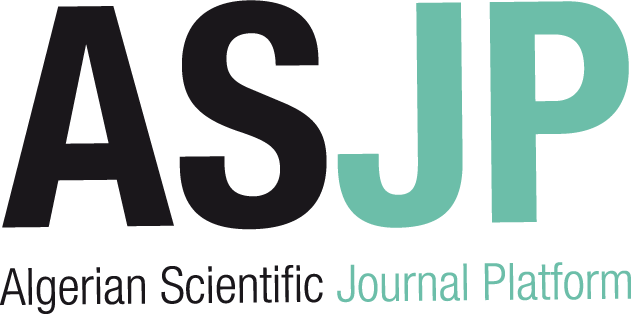[article]
| Titre : |
Optimal design and operation of irrigation pumping stations using mathematical programming and Genetic Algorithm (GA) |
| Titre original : |
Conception et opération optimales des stations de pompage d'irrigation utilisant la programmation mathématique et l'algorithme génétique (GA) |
| Type de document : |
texte imprimé |
| Auteurs : |
Mahdi Moradi-Jalal, Auteur ; Karney, Bryan W., Auteur |
| Article en page(s) : |
p. 237-246 |
| Note générale : |
Hydraulique
Résumé en Français |
| Langues : |
Anglais (eng) |
| Mots-clés : |
Energy costs Genetic algorithms Irrigation Lagrange multipliers Operation Optimal design Pumping stations |
| Index. décimale : |
627 Ingénierie des cours d'eau naturels, des ports, des rades et des cotes. Installations de navigation, de dragage, de récupération et de sauvetage. Barrages et centrales électriques hydrauliques |
| Résumé : |
For many water authorities worldwide, one of the greatest potential areas for energy savings is in pump selection and in the related effective scheduling of daily pump operations. The optimal control and operation of an irrigation pumping station is achieved here by first solving the nonlinear governing model using Lagrange Multipliers (LM) and then through Genetic Algorithm (GA) approach. Computation in both methods is driven by an objective function that includes operating and capital costs subject to various performance and hydraulic constraints. The LM approach first specifies the annual energy costs and minimizes the total cost for all sets of pumping stations; the method then selects the least-cost pumps from among the feasible sets. The GA model simultaneously determines the least total annual cost of the pump station and its operation. The solution includes the selection of pump type, capacity, and the number of units, as well as scheduling the operation of irrigation pumps that results in minimum design and operating cost for a set of water demand curves. Application of the two models to a real-world project shows not only considerable savings in cost and energy but also highlights the efficiency and ease of the GA approach for solving complex problems of this type.
|
| DEWEY : |
627 |
| ISSN : |
0022-1686 |
| En ligne : |
http://www.journalhydraulicresearch.com |
in Journal of hydraulic research > Vol. 46 N°2 (2008) . - p. 237-246
[article] Optimal design and operation of irrigation pumping stations using mathematical programming and Genetic Algorithm (GA) = Conception et opération optimales des stations de pompage d'irrigation utilisant la programmation mathématique et l'algorithme génétique (GA) [texte imprimé] / Mahdi Moradi-Jalal, Auteur ; Karney, Bryan W., Auteur . - p. 237-246. Hydraulique
Résumé en Français Langues : Anglais ( eng) in Journal of hydraulic research > Vol. 46 N°2 (2008) . - p. 237-246
| Mots-clés : |
Energy costs Genetic algorithms Irrigation Lagrange multipliers Operation Optimal design Pumping stations |
| Index. décimale : |
627 Ingénierie des cours d'eau naturels, des ports, des rades et des cotes. Installations de navigation, de dragage, de récupération et de sauvetage. Barrages et centrales électriques hydrauliques |
| Résumé : |
For many water authorities worldwide, one of the greatest potential areas for energy savings is in pump selection and in the related effective scheduling of daily pump operations. The optimal control and operation of an irrigation pumping station is achieved here by first solving the nonlinear governing model using Lagrange Multipliers (LM) and then through Genetic Algorithm (GA) approach. Computation in both methods is driven by an objective function that includes operating and capital costs subject to various performance and hydraulic constraints. The LM approach first specifies the annual energy costs and minimizes the total cost for all sets of pumping stations; the method then selects the least-cost pumps from among the feasible sets. The GA model simultaneously determines the least total annual cost of the pump station and its operation. The solution includes the selection of pump type, capacity, and the number of units, as well as scheduling the operation of irrigation pumps that results in minimum design and operating cost for a set of water demand curves. Application of the two models to a real-world project shows not only considerable savings in cost and energy but also highlights the efficiency and ease of the GA approach for solving complex problems of this type.
|
| DEWEY : |
627 |
| ISSN : |
0022-1686 |
| En ligne : |
http://www.journalhydraulicresearch.com |
|


 Ajouter le résultat dans votre panier Faire une suggestion Affiner la recherche
Ajouter le résultat dans votre panier Faire une suggestion Affiner la rechercheOptimal design and operation of irrigation pumping stations using mathematical programming and Genetic Algorithm (GA) / Mahdi Moradi-Jalal in Journal of hydraulic research, Vol. 46 N°2 (2008)











